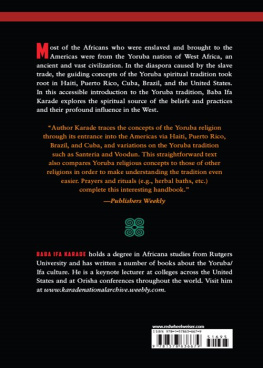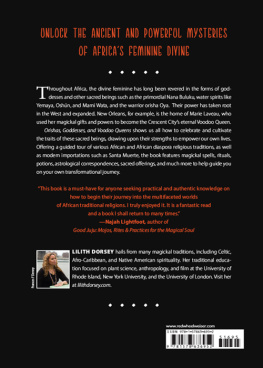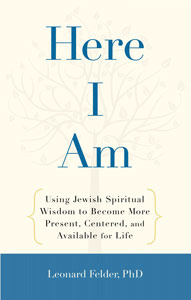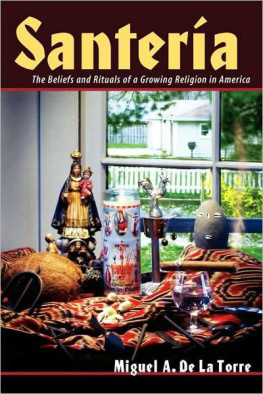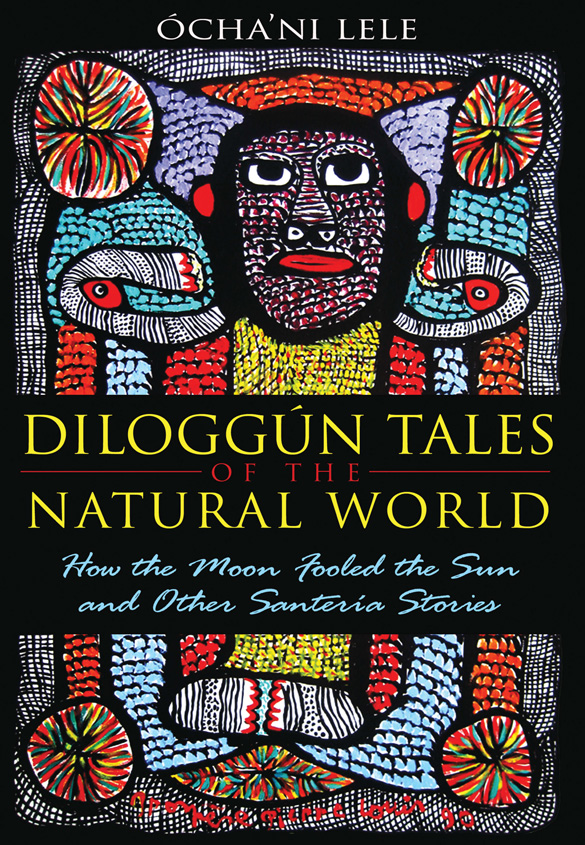

For my muse, Ivelisse Pesante. Ivy, you came into my life at just the right time, a point when I was about to put my pen down forever. Thank you for both your friendship and your inspiration. May Oshn keep you in her arms forever!
DILOGGN TALES OF THE NATURAL WORLD
chani Leles Diloggn Tales of the Natural World is a historic glimpse into the beauty and power of the Lukumi religion. Readers will not only find this book educational and inspirational but deeply transformative.
IFALADE TASHIA ASANTI,
SENIOR BOOK REVIEWER AT URBAN SPECTRUMNEWSPAPER
chani Lele gives both the initiated and the layperson a truesense of the marvel and mystery within the patak, the sacredstories of Afro-Cuban Santera. As with previous works, readingDiloggn Tales of the Natural World is like sitting at the feet ofan elder while dramatic stories filled with vibrant characters arewoven together to reveal universal truths of human existence.These stories, committed to the page, are an invaluable gift tothose of us living long distances from our godparents and spiritualhomes. chani Lele is turning a vast and rich oral traditiononebook at a timeinto an eloquently written one. We give thanks tothe orisha themselves for choosing him as their messenger.
IRETE LAZO,
AUTHOR OF THE ACCIDENTAL SANTERIA
At the heart of Ifa, Lukumi, Santera, and various other Yoruba-influenced traditions in the African diaspora is the diloggn, the complex cowrie-divination ritual by which devotees ascertain the will of the orishas. At the heart of the diloggn are the pataks, stories that elaborate upon and explain the various figures formed by the falling shells. chani Lele has put much of this oral tradition in print, offering us an invaluable view into the complexity and beauty of Yoruba mythology and culture. Like most fairy tales, these legends are simple but carry deep and profound truths: Diloggn Tales of the Natural World is a book that has something to offer adherents, scholars, and curious neophytes alike.
KENAZ FILAN,
AUTHOR OF THE NEW ORLEANS VOODOO HANDBOOKAND
THE HAITIAN VODOU HANDBOOK
Diloggn Tales of the Natural World is essential reading for anyone interested in the myths and superstitions of Cuba and the Caribbean. This book is entertaining and extremely informative, especially when explaining the role religion played during and after the African slave trade.
XAVIANT HAZE,
AUTHOR OF THE SUPPRESSED HISTORY OF AMERICA
ACKNOWLEDGMENTS
As a writer Ive been privileged to work with the best editorial and support staff in the industry and I am indebted to each of them. My editors over the years helped me grow in ways unimaginable when I first put pen to paper: Susannah Noel, Doris Troy, Nancy Ringer, and Patty Capetola were tireless and thorough in their work with each volume published by Destiny Books, an imprint of Inner Traditions International. The staff at Inner Traditions, especially Laura Schlivek, Erica Robinson, Mindy Branstetter, and Jon Graham, were wonderful mentors as I wrote each manuscript. Finally, I am thankful that the publisher himself, Ehud Sperling, accepted each work as it came to his desk.
As a student I have been blessed with wonderful English and creative writing professors who guided me not only in classroom curriculum but also in my work as an author: Professors Ann Refoe, Terie Watkins, Webb Harris, and Virginia (Ginger) Magarine, all with Seminole State College in Sanford, Florida. While finishing the collection of stories for this volume I was a student in Professor Watkins English II class and in Professor Magarines Creative Writing I workshop. I would like to give Professor Magarine special thanks for honing my skills as a storyteller. She was an inspirational instructor.
Id like to thank my spiritual godparents, Banacek Checo Yemay Matos and Angel Coqu Oshn Jimenez: because of both of you, there are few men in this world who are as blessed as I. Every day, people write to me about the nightmares they lived in their quest for ocha; and they tell me about the traumas they go through on a daily, weekly, monthly, and yearly basis with their own godparents. Too many santeros wander the world, lost and incomplete, because once ocha is given they are abandoned, turned out into the world to fend for themselves, spiritually and otherwise. Each year that passes I feel closer to you both; I hope we stay like this forever.
I need to thank all of the serious godchildren in my life at this time: Ashara Yvonne Watkins, Katelan V. Foisy, Jason Jernigan, Robert Young, Rebecca Payn, Vivienne DAvalon, Sandy Short, Kourtnie Dionne Nandlal, Stephanie Adele Simons, Kitty Mundis, Kenny Mundis, David Hess, Amy Fischetto, Ian Cook, Keith Bonner, Weikeen Loh, Joice Loh, and Ricardo Valencia. Every time I put my pen to paper, or my fingers to my keyboard, you are the ones who inspire me to continue this work. After I am gone from this world, each of you will still be around, and each of you will have your own religious godchildren. In my absence, my books will be here to instruct you, and my private notes will be in your hands to guide you. Seriously, I think about things like thiswhat will become of you when Im gone? For no other reason, thats why I keep writing and putting absolutely everything I know and everything I learn on paper. The printed word, published and otherwise, will live after my death; and my spiritual descendants will have a part of me with them as they grow, spiritually. This is but a small part of my legacy to each of youand it is for this reason, and no other, that I stay up all night, writing.
The world should thank you for inspiring me.
Finally, I would like to thank the thousands of readers who have supported my work over the years by buying and reading my books. An author without an audience is a lonely creature, and your comments, criticisms, and praises have kept my pen in motion throughout the years. Thank you!
PREFACE
As of this writing, a year has passed since I published my first volume of short stories titled Teachings of the Santera Gods. It was a collection of tales based on the oral narratives of the Lucum faith, religious stories known to practitioners as pataks. Many of these chronicles existed only as oral fragments although a few were written in barebones fashion in the libretas (spiritual notebooks) kept by priests and priestesses. I brought them together in a coherent form, gently nurturing them through the transformation from oral tales to written literature. All were an extension of my studies as a diviner with the diloggn, which itself is both an oral holy book and a system of divination. My reasoning for this project was simplethe stories themselves are worthy of study by not only the priesthood and laity, but also by those attempting to understand our spiritual practices. In the preface to Teachings of the Santera Gods I wrote:
... these stories [the pataks] are legends comparable to those found in the ancient myths of Greece and Rome; they are as culturally significant as those in the Torah, Talmud, or Christian Bible; they are rich with jewels of wisdom like the I Ching, and they are as vast as the
Teachings of the Santera Gods began as an extensive project in 2002 after penning the manuscript for The Diloggn: The Orishas, Proverbs, Sacrifices, and Prohibitions of Cuban Santera. Having sent The Diloggn to the publisher, I wrote an extensive collection of rough drafts based on the Yoruba and Lucum myths. Beginning with the root odu of the diloggn, known as Okana (represented by the number 1), moving chronologically through each family of odu, and culminating with the odu Ejila Shebora (represented by the number 12), I drafted, wrote, and rewrote more than a thousand stories in eight years. It was a lot of work, more writing than Ive done in my entire life.
Next page


